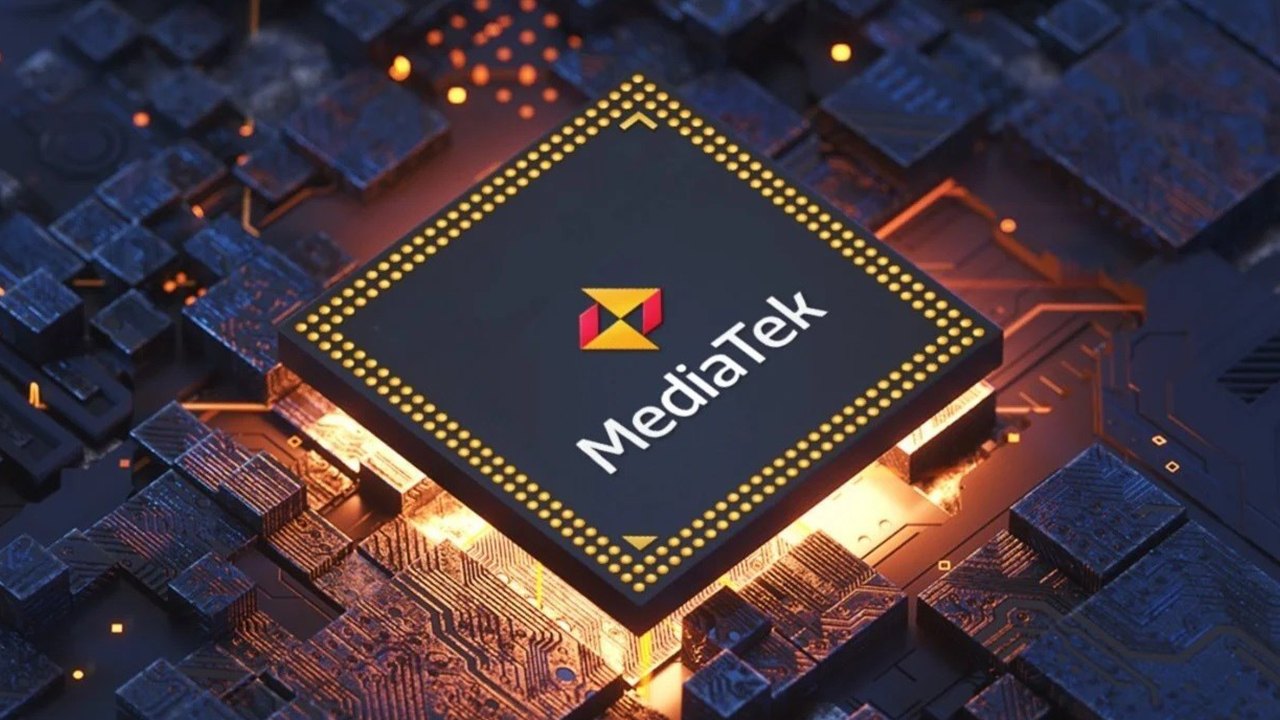MediaTek’s new Dimensity 6400 chipset offers a minor refresh compared to the Dimensity 6300 introduced last year. In fact, the series is shaped as a slight upgrade to the Dimensity 2023+, which debuted in 1100, and its roots go back even further.The Dimensity 6400 is manufactured on TSMC’s 6nm manufacturing process and features an octa-core CPU architecture.Two Cortex-A76 cores run at 2.5GHz, while six Cortex-A55 cores run at 2.0GHz. On the graphics side, there is an ARM Mali-G57 MC2 GPU.
Mediatek Dimensity 6400 will disappoint
On the memory side, the chip offers LPDDR4X RAM support, supports RAM frequencies up to 2,133MHz, and uses UFS 2.2 storage technology.On the display side, 1080p+ resolution, 120Hz refresh rate and 10-bit color support are available.On the camera side, there is an ISP module that supports sensors up to 108MP, while no official statement has yet been made on video resolution.The 5G Release 16 modem can achieve download speeds of up to 3.3Gbps and connectivity features include Wi-Fi 5 (ac) and Bluetooth 5.2.
The main difference of the Dimensity 6400 is that it has Cortex-A76 cores running at 2.5GHz instead of 2.4GHz compared to its predecessor, the Dimensity 6300. There is no clear explanation as to why Xiaomi provides long-term update support for the Redmi Note 14 4G model, while limiting this period for the 5G model.
However, it is thought that Samsung’s recent move to offer six-year security updates even to its low and mid-segment smartphones has led Xiaomi to follow a similar policy.
However, the fact that this approach is only valid for the 4G model may be confusing for users.Xiaomi’s decision to offer the 5G model with more limited update support may be due to hardware differences or the possibility that the 5G chipset may become obsolete earlier.
So it could be considered a slightly improved version of similar hardware from four years ago.














